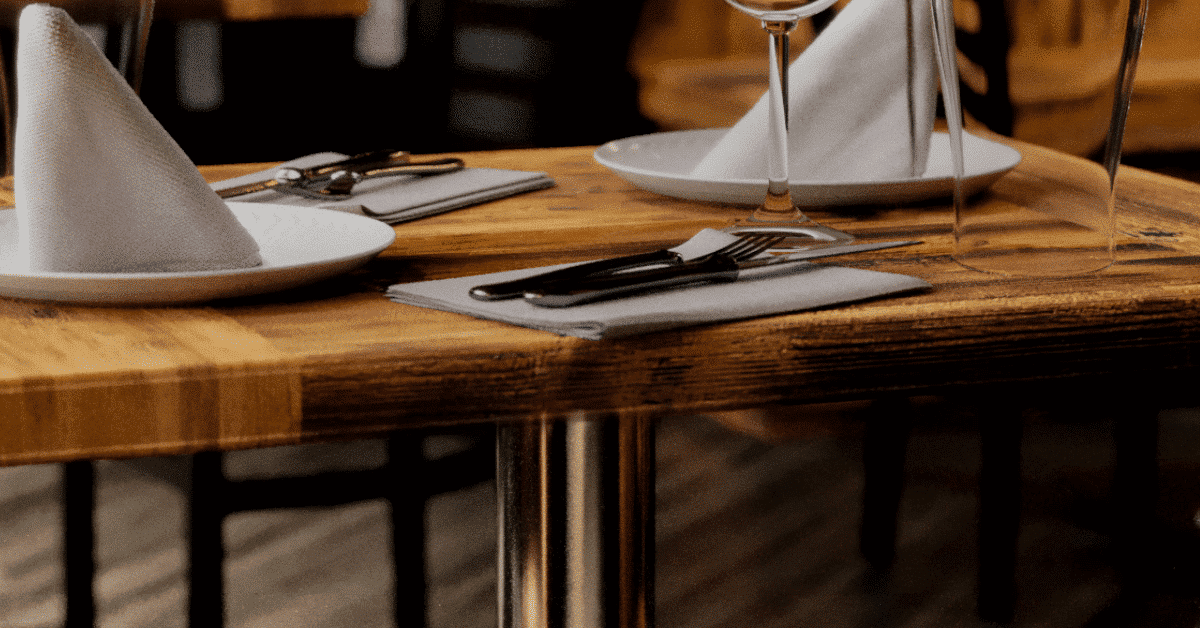The Ultimate Guide to Restaurant Furniture: Design, Durability, and Affordability

Table of Contents
- Introduction to Restaurant Furniture
- Choosing the Right Material
- Design Considerations
- Maximizing Comfort and Functionality
- Maintaining and Cleaning Your Furniture
- Purchasing from a Trusted Supplier
- Conclusion
Introduction to Restaurant Furniture
Welcome to our comprehensive guide on stylish restaurant furniture . In this article, we will provide you with detailed information on selecting the stylish restaurant furniture, ensuring you create a lasting impression on your customers while maintaining durability and affordability.
Choosing the Right Material
Selecting the appropriate material for your stylish restaurant furniture is crucial. Each material has its own benefits and drawbacks. Consider the following materials and their respective properties:
Wood
Wooden furniture provides a warm, classic aesthetic that is perfect for a wide range of restaurant styles. It is available in various finishes and types, such as oak, cherry, and walnut.
- Pros: Durable, versatile, and repairable.
- Cons: May require regular maintenance and can be prone to damage from moisture and pests.
Metal
Metal furniture, such as steel and aluminum, offers a modern and industrial look. It is also highly durable and easy to clean.
- Pros: Low maintenance, sturdy, and weather-resistant.
- Cons: Can be heavy and may become uncomfortable during extended use.
Plastic
Plastic furniture is lightweight, low-cost, and easy to maintain. It is an ideal choice for outdoor seating or high-traffic areas.
- Pros: Affordable, easy to clean, and available in various colors and designs.
- Cons: May lack durability and can appear cheap if not chosen carefully.
Design Considerations
Creating a cohesive and visually appealing design for your restaurant is essential. Consider these design elements when selecting your furniture:
Style
Choose a furniture style that complements your restaurant’s theme and décor. This can range from traditional to contemporary, rustic to minimalist, or anything in between.
Color
Incorporate your brand’s color scheme into your furniture selection. This helps create a consistent, memorable experience for your customers.
Layout
Carefully plan your restaurant’s layout to maximize space and ensure an efficient flow of traffic. Consider factors such as table spacing, aisle width, and placement of host stations or service areas.
Maximizing Comfort and Functionality
Comfortable and functional furniture is crucial for customer satisfaction. Keep these factors in mind:
Seating
Select chairs and booths that provide ample padding and ergonomic support. Consider offering a mix of seating options, such as bar stools, benches, and armchairs, to accommodate various customer preferences.
Tables
Choose tables with sturdy, level surfaces and adjustable feet for uneven flooring. Also, consider offering a mix of table sizes and shapes to accommodate different party sizes and seating arrangements.
Maintaining and Cleaning Your Furniture
Proper maintenance and cleaning can extend the life of your stylish restaurant furniture . Follow these tips:
- Wipe down surfaces daily with a damp cloth and mild cleaning solution.
- Inspect furniture regularly for wear and tear, addressing issues promptly.
- Refinish or reupholster worn furniture as needed to maintain a polished appearance.
Purchasing from a Trusted Supplier
Choosing a reputable supplier for your stylish restaurant furniture is essential. Look for suppliers that offer:
- High-quality materials and craftsmanship
- Competitive pricing and bulk discounts
- Responsive customer service and support
- Customization options for finishes, fabrics, and designs
- Expert guidance on selecting the right furniture for your needs
Enhancing Ambiance with Lighting and Accessories
In addition to stylish restaurant furniture , consider the role of lighting and accessories in creating a memorable dining experience. Use these tips to enhance your restaurant’s ambiance:
Lighting
- Incorporate a mix of ambient, task, and accent lighting to create a balanced atmosphere.
- Use dimmable lights to adjust brightness levels for different times of day or events.
- Consider energy-efficient LED lighting to save on energy costs and reduce maintenance.
Accessories
- Add decorative elements, such as artwork, mirrors, and plants, to personalize your space and reflect your brand identity.
- Utilize table linens, centerpieces, and place settings to elevate the dining experience.
- Incorporate music and sound-absorbing materials to create a comfortable noise level and enhance the overall ambiance.
Outdoor Restaurant Furniture
If your restaurant offers outdoor seating, select furniture that is specifically designed for outdoor use. Consider the following tips:
- Choose weather-resistant materials, such as aluminum, teak, or synthetic wicker, that can withstand the elements.
- Opt for stackable or foldable furniture for easy storage during off-season or inclement weather.
- Invest in outdoor umbrellas, shade structures, or heaters to provide comfort for customers in various weather conditions.
ADA Compliance* and Inclusivity
Ensure that your restaurant is accessible and welcoming to all guests by adhering to the Americans with Disabilities Act (ADA) guidelines:
- Provide a minimum of 5% of your seating to be wheelchair accessible.
- Select tables with a height between 28 and 34 inches and a clear floor space of at least 30 by 48 inches for wheelchair users.
- Ensure adequate aisle widths and accessible routes to all areas of your restaurant.
Conclusion
Investing in high-quality, comfortable and stylish restaurant furniture can greatly impact your customers’ dining experience and help establish a positive reputation for your establishment. By carefully considering factors such as materials, design, functionality, maintenance, and supplier quality, you can create an inviting and memorable atmosphere that keeps customers coming back for more.
*Check with code enforcement for the most up-to-date regulations.
